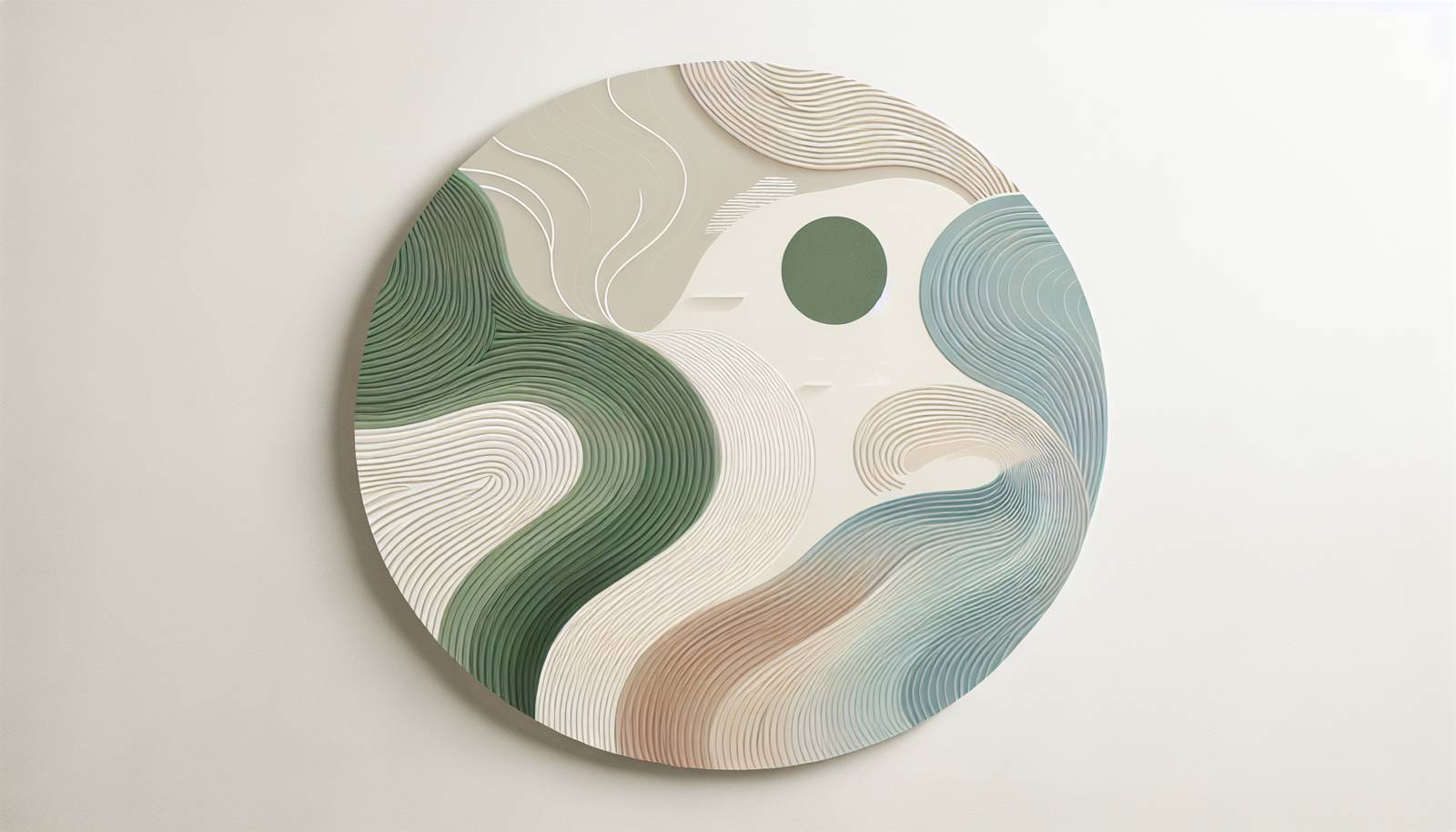
FAQ About Indoor Plant Salts and Their Impacts

What are indoor plant salts?
Indoor plant salts refer to soluble salts that accumulate in the soil of houseplants. These salts can originate from tap water, fertilizers, or softeners and affect plant growth by altering soil chemistry.

How do salts affect indoor plants?
Salts in the soil can damage plant roots, hinder nutrient absorption, and lead to symptoms such as leaf burn, wilting, or stunted growth. High salt concentrations can create osmotic stress, making it difficult for plants to take up water.

What are common sources of salts affecting indoor plants?
Common sources of salts include tap water, especially if it's hard water or treated with softeners, and fertilizers that leave behind residual salts over time. Deicing salts from outdoor areas can also be inadvertently transferred indoors.

How can I identify salt buildup in my houseplants?
Signs of salt buildup include a white crust on the soil surface or the pot, yellowing leaves, brown leaf tips, and reduced plant vigor. Regularly checking for these symptoms can help in early detection.

Can regular tap water harm indoor plants due to salt content?
Yes, especially if it's hard water with a high mineral content. Regular use can lead to salt buildup in the soil over time. It's recommended to use distilled or rainwater to minimize such risks.

What are the best practices to prevent salt buildup in indoor plants?
To prevent salt accumulation, use distilled or rainwater for watering, flush the soil periodically with clean water to leach out salts, and avoid over-fertilization. Using well-draining soil and pots with drainage holes can also help.

How often should I flush the soil to remove salts?
Flushing the soil every 4-6 months is generally recommended to remove excess salts. Pour water slowly until it runs freely from the drainage holes, ensuring thorough leaching.

Are there specific types of salts more harmful to plants?
Sodium chloride, often found in softened water, is particularly harmful to plants. It can be toxic at higher concentrations, reducing water uptake and potentially leading to plant death.

Can fertilizers contribute to salt problems in indoor soils?
Yes, repeated use of chemical fertilizers can contribute to salt buildup in the soil. Over time, these can accumulate and cause toxicity issues. It's crucial to follow fertilizer instructions carefully and consider using organic options when possible.

What are some visible signs of salt stress in plants?
Visible signs of salt stress include scorched leaf edges, wilting despite adequate watering, reduced growth, and leaf drop. Checking for these symptoms early can help mitigate damage with appropriate interventions.

How can I test the salt levels in my plant's soil?
Soil tests can measure salt concentration. You can use a soil meter specifically designed to test electrical conductivity, which is an indicator of salt levels. Alternatively, sending a soil sample to a testing laboratory is an option.

Is it possible to reverse salt damage in plants?
Reversing salt damage involves removing excess salts and addressing any root damage. Immediate leaching with plenty of water, repotting in fresh soil, and pruning damaged foliage can significantly help recovery.

Do soil types affect salt retention in potted plants?
Yes, soil type significantly impacts salt retention. Well-drained, sandy soils tend to leach salts more effectively than clay soils, which can hold onto salts longer. Choosing the appropriate soil mix can reduce risks.

What role does humidity play in salt accumulation on indoor plants?
Low humidity can exacerbate salt stress on plants because it can increase evaporation from the soil surface, concentrating salts. Maintaining optimal humidity levels can help in managing salt buildup.

Are there plants that are more tolerant to high salinity?
Yes, some plants, such as spider plants and pothos, are more tolerant of higher salinity levels than others. Choosing salt-tolerant plants can mitigate issues related to salt buildup in sensitive environments.

How does over-fertilization lead to salt buildup?
Over-fertilization introduces excess nutrients and salts into the soil, which plants cannot absorb effectively. This leads to accumulation, causing an increase in soil salinity and potential harm to plant roots.

Can using organic fertilizers reduce the risk of salt buildup?
Organic fertilizers typically release nutrients slowly and contain fewer salts compared to synthetic fertilizers. Using them reduces the risk of salt buildup and is generally better for maintaining healthy soil over time.

What is the impact of salt on the soil pH of indoor plants?
Salt accumulation can alter soil pH, making it more alkaline. This can affect nutrient availability and uptake, potentially leading to deficiencies or imbalances that impact plant health.

How can I prevent salt damage to indoor plants from deicing salts?
To prevent damage from deicing salts, avoid tracking them indoors on shoes or water. Place mats near entrances, and wash hands after handling such salts to prevent transferring them to plant surfaces.

Are there any environmentally friendly methods to manage soil salinity in indoor plants?
Yes, using mulches to reduce evaporation, collecting rainwater for irrigation, and incorporating compost into the soil can help manage salinity. These methods enhance soil structure and promote healthy plant growth.
